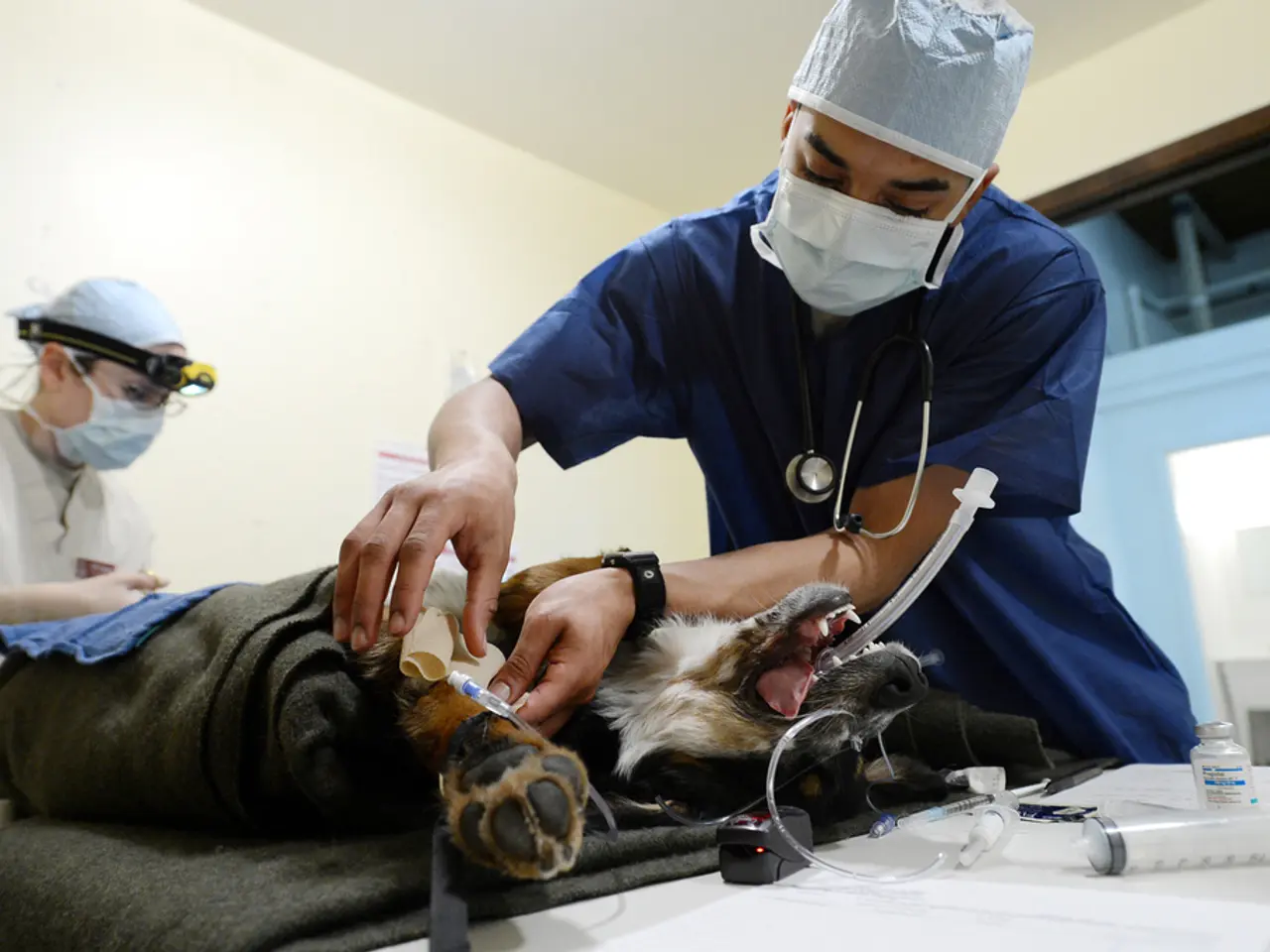Research correspondence advocates for language revision and altered recommendations in COVID-19 protocols, penned by renowned scientists.
Public health officials are being urged to make a clear distinction between droplets ejected by coughing or sneezing and aerosols, which can carry the virus for much greater distances. This call to action comes as the scientific community seeks to clarify the terminology used related to aerosols and droplets, and employ a more modern size threshold.
In an open letter published in the journal Science, a group of scientists, including Kimberly Prather from UC San Diego, have called for clarity about how SARS-CoV-2 is spread in the air. The letter, co-authored by experts from the University of California San Diego, University of Maryland, Virginia Tech, and others, emphasizes the importance of addressing airborne transmission.
Prather, Director of the National Science Foundation-funded Center for Aerosol Impacts on Chemistry of the Environment based at UC San Diego, states, "The balance of attention must be shifted to protecting against airborne transmission."
Viruses in aerosols, particles smaller than 100 microns, can remain airborne in a confined space for prolonged periods of time, accumulating in poorly ventilated air. This can lead to transmission, especially in indoor settings. In addition to mask wearing, social distancing, and hygiene efforts, the researchers urge for public health officials to articulate the importance of moving activities outdoors, improving indoor air using ventilation and filtration, and improving protection for high-risk workers.
Linsey Marr, another co-author of the letter, emphasizes the importance of wearing masks at all times in public buildings and confined spaces to reduce transmission. She stresses that these particles are highly concentrated near an infected person, but can also travel more than two meters and accumulate in poorly ventilated indoor air, leading to superspreading events.
Scripps Oceanography, one of the world's most important centers for global earth science research and education, is at the forefront of this research. Located at UC San Diego, Scripps offers unparalleled education and training for the next generation of scientific and environmental leaders through its undergraduate, master's, and doctoral programs.
In addition to its research efforts, Scripps operates a fleet of four oceanographic research vessels and runs Birch Aquarium, a public exploration center that welcomes 500,000 visitors each year.
UC San Diego, where Scripps is based, is one of the top 15 research universities in the world, driving innovation and change to advance society, propel economic growth, and make the world a better place. The university is committed to addressing the challenges posed by the ongoing pandemic and working towards solutions that protect public health.
Read also:
- Trump's SNAP reductions and New York City Council's grocery delivery legislation: Problems for city residents highlighted
- Reducing dental expenses for elderlies in Sweden: Over 50% cut in charges for pensioners by the government
- Forty-year-old diet: A list of meal choices to savor
- Exiled Life's Conundrum: A Blend of Liberation, Disillusionment, and Distress






